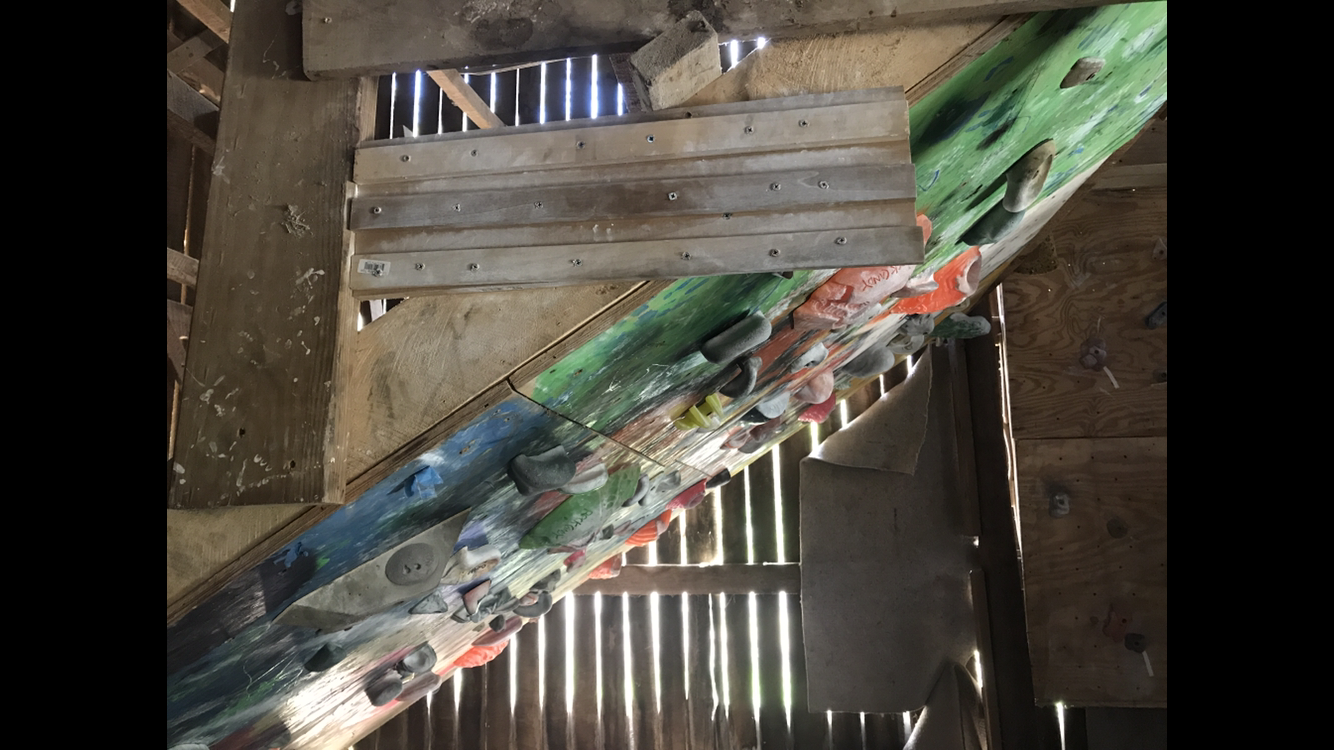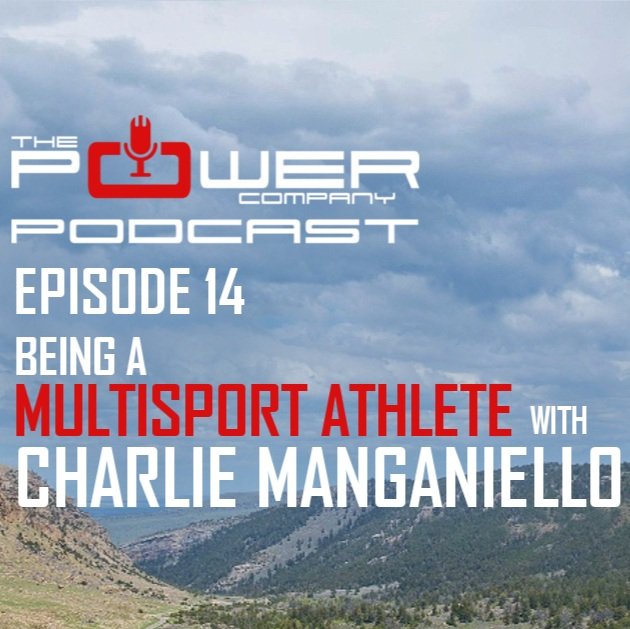High/Low Scheduling
I've gotten several questions about my schedule during my High/Low training, and to those I've answered, "I'll be posting it soon," and then I never posted it. I promise I wasn't trying to throw you off the trail so that I was the only one reaping benefits. Or maybe I was. You'll never know.

Before I divulge my top secret schedule, let's talk a little about how I created it.
First off, my time is limited, as is much of yours. There are certain days that I have available to train, and other days that I don't. Like you, I have to work within that framework.
High Intensity days require at least 48 hours between workouts. Period.
Low Intensity days can (and should) be used as a recovery day.
Low Intensity days don't have to be climbing; they can include massage therapy, yoga, stretching, etc..
So here is my basic training schedule for this winter:
Monday: Rest or Low Intensity
Tuesday: High Intensity
Wednesday: Rest
Thursday: High Intensity
Friday: Rest or Low Intensity
Saturday: Rest or Low Intensity
Sunday: High Intensity
Now, what exactly happens in each session? That depends. Seeing as how I know you're sick of hearing me say that, I'll elaborate a little.
This is what the High Intensity days look like:
Strength Phase
Duration: 4-5 weeks
Focus is on forearm hypertrophy as well as strengthening the core, upper arms, shoulders, and back.
Warm up by bouldering, finishing with a few difficult repeats 2-3 V grades below maximum.
60-90 minutes max bouldering (1-3 move sequences) or system board (1-3 move sequences). Focus is on static movement, lock-offs, pulling in underclings, etc.. Lots of rest between attempts.
Hangboard. Eva Lopez Transgression board. Maximum Weight hangs. (You'll hear more details on this soon.)
Sport Specific Training (SST). This varies, though it generally involves heavy weight and low reps, with pullups, rows, muscleups, dips, pushups, and hanging core work. Often using rings and Atomik Bombs, (which, again, I'll be getting more specific about in the future.)
Power Phase
Duration: 4-5 weeks
Focus is on explosive movement and muscle recruitment.
Warm up by bouldering, finishing with a few difficult repeats 2-3 V grades below maximum.
45-60 minutes recruitment bouldering (3-5 move sequences) or same on the system board. Focus is on big, powerful movement. Deadpoints. I try to avoid jumping too much, instead opting for big moves that require tension to hold. Lots of rest between attempts.
Hangboard. Eva Lopez Transgression board. Minimum Edge hangs.
Campus. 1-2 days a week only. Approximately 1 hour campus workout that focuses on big movements and plyometrics, rather than the popular long lock-off moves. This is another area I've promised to write more about, and haven't. I will this time around, I swear.
SST. Only on days when not campusing. Same as above, with less weight, higher reps, and more ballistic movement.
This is what the Low Intensity days look like:
Climbing: Once a week I do a Low Intensity climbing day. This day is one I've learned to really appreciate and look forward to. I separate our free standing boulder into four sections. In each section, I do all of the V0-V1 problems, then all of the V2 problems, then all of the V3-V4 problems, and any of the V5-V7 problems that I have dialed in. I do all of the problems in a section without rest, though I'm also not in a hurry. I just keep a steady pace, and if I start to get more than a slight pump, I shut it down. After that section, I rest five minutes and continue. This workout usually takes about an hour or so, and I'm done.
What I feel is the key to these days is that I focus in on the techniques it takes to be efficient on a route. Breathing steady and staying relaxed is number one. After that I'm looking at movements that I don't often do while training strength and power, such as drop knees, being more exaggerated with my hips, and climbing as straight armed as possible. I also work hard to pay close attention to foot and hand placements, rather than rushing through problems I could easily monkey through. I work on changing up my natural pace - sometimes climbing more static, and sometimes climbing with more momentum - but always with precision.
When I walk away from a good Low Intensity session, I feel invigorated instead of worked. I've found that my recovery is sped up considerably by an effective Low day.
Massage: At least once a week (often times more) I spend about an hour on the foam roller, with the Theracane, and using a Roleo Arm Massager. Once I month I get a deep tissue sports massage.
If I had more free time, I'd try Yoga or climbing specific mobility drills, particularly related to hip flexibility. I'm fairly flexible where I need to be for climbing, so this isn't a high priority for me, (though I have started to do a little more stretching for hip turnout, as I've noticed a slight decline in my natural flexibility - probably a product of both age and climbing steeper rock). I also don't buy into the idea that flexibility helps prevent injury, so that's another strike against using up my valuable time for stretching. However, if you aren't trying to get overly flexible, it can't hurt, so if you're looking for something to do in your free hour every few days, stretch!
Now for the caveat. If on a Thursday I don't feel recovered, I'll skip it and try to fit my High day in on Friday. This is difficult on a tight schedule, but occasionally I've made it work. Luckily, it hasn't been often that I've needed to. So this schedule isn't set in stone, and should be changed depending on how honestly prepared you feel that day. It's your body. Listen to it.













Part three from Nate: training in December and January, how I spent my time in Hueco to keep preparing myself for sport climbing, and what I’m doing from here.